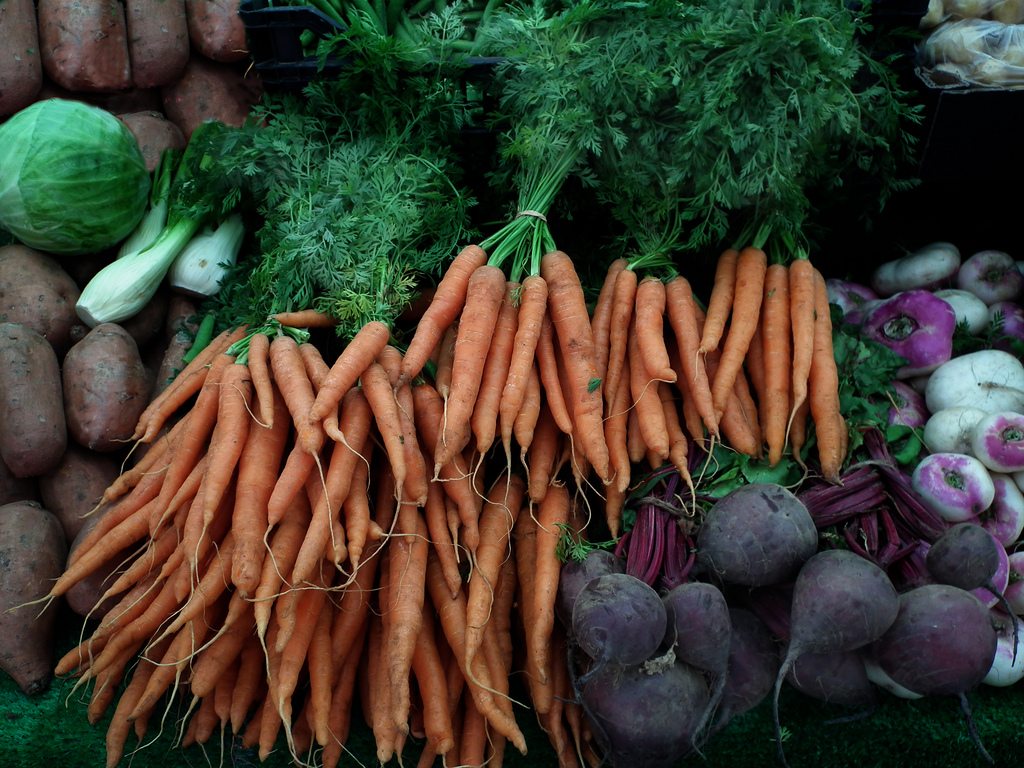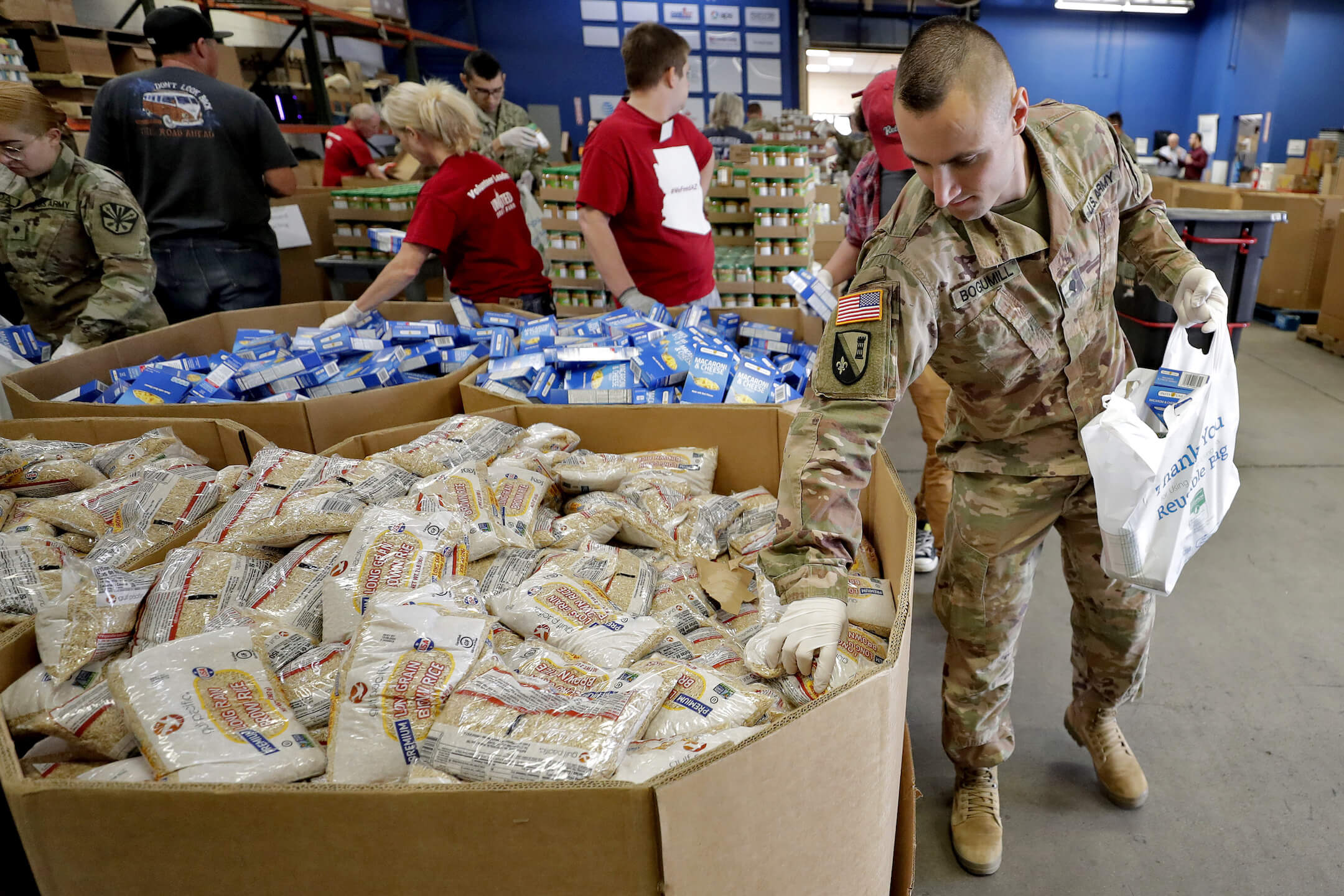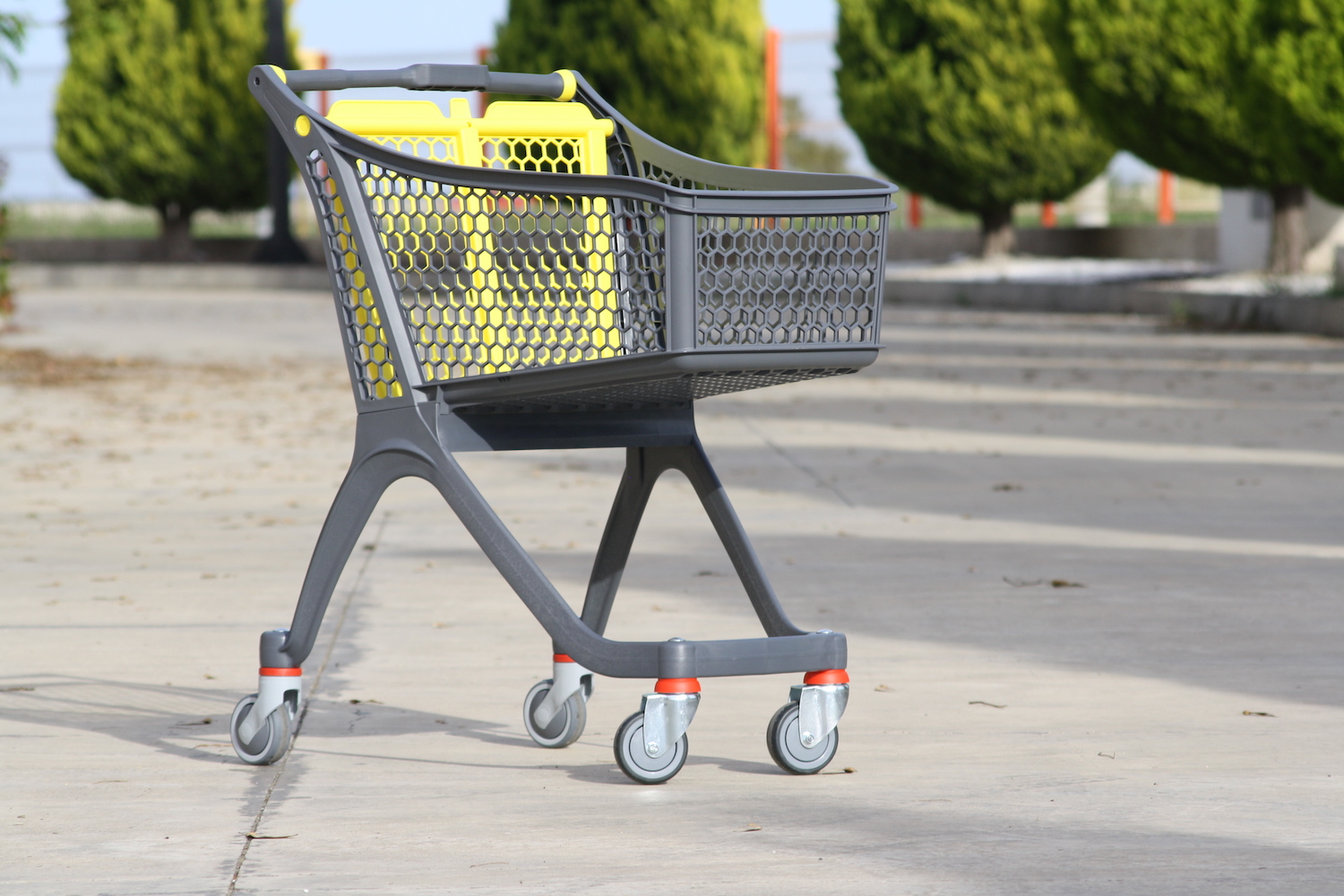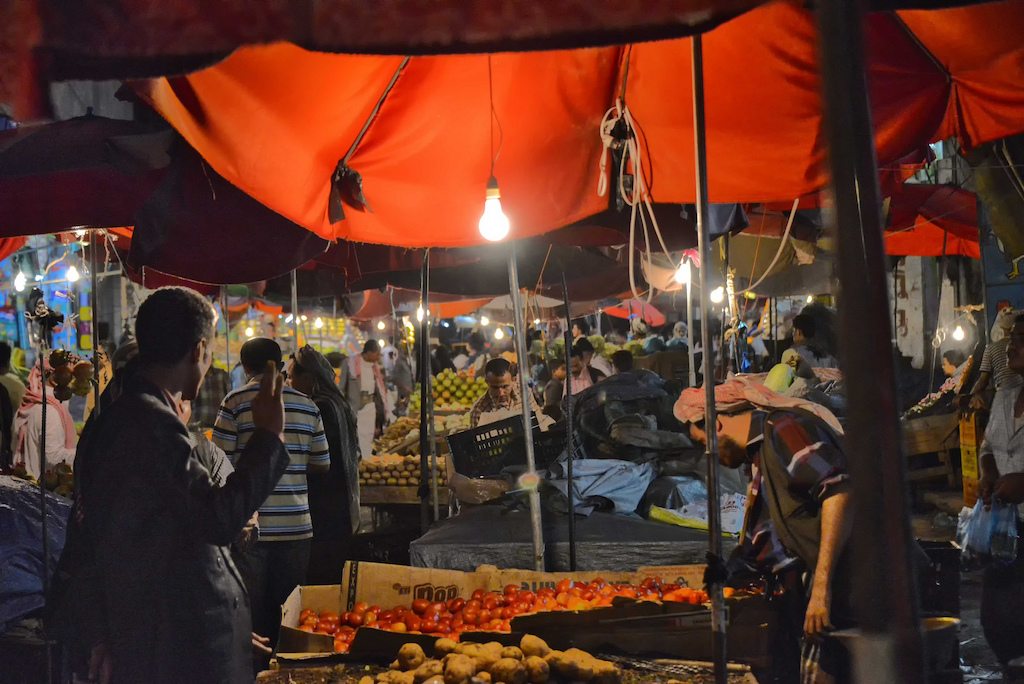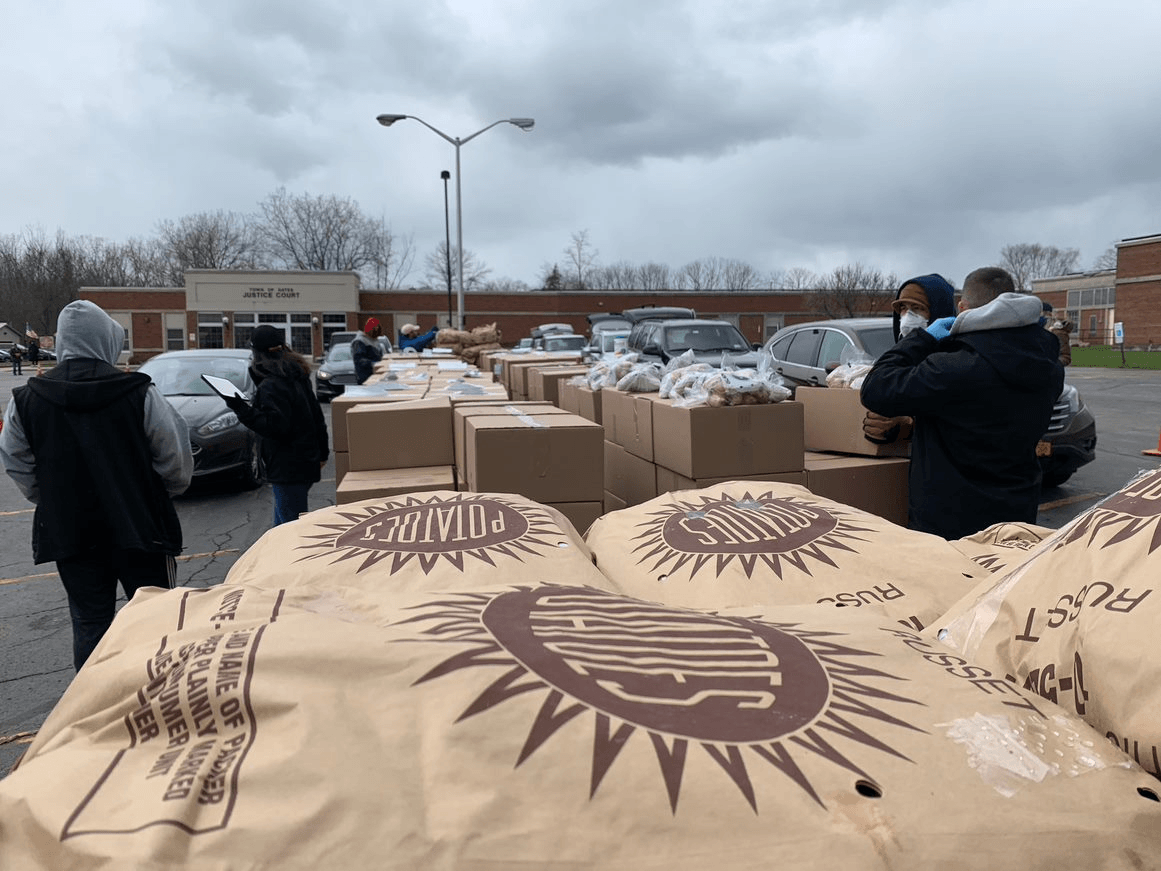
Tom Silva
The need is insurmountable, and it’s breaking my heart.
Tom Silva works at a Foodlink, a food bank in Rochester, New York. Part of the Feeding America network, a nationwide system of more than 200 food banks, Foodlink serves not just the city, but also ten surrounding rural counties, distributing purchased and donated food to pantries and social service agencies. Silva has worked here for five years, including one as an AmeriCorps volunteer, and he’s never seen anything like this.
Like other food banks across the country, Foodlink is in triage mode. Unemployment has surged during the Covid-19 pandemic, sending droves of people to seek emergency food for the first time. At the same time, outlets that help at the local level—food pantries and soup kitchens—are closing, due to health concerns and a shrinking volunteer base.
The Counter is seeking short essays about how Covid-19 has impacted American life through the lens of food. How have the pandemic’s emotional, physical, personal, and professional disruptions recast your daily routine, eating habits, and appetite?
As a community advocacy specialist, Silva makes the case for policies that would end hunger to government officials. He also helps run a produce truck called the Curbside Market—though that program, and others offered by the food bank, have been on hold. Since March, Silva and other Foodlink managers have left their desks, and worked almost full-time in the food bank’s kitchen and two grocery warehouses.
They are trying a new model—drive-through food giveaways, with massive lines of traffic. In a phone call, Silva describes this new normal: the enormous undertaking of getting food to society’s most vulnerable people, and the emotional toll of knowing those efforts will still not be enough.
—Sam Bloch
—
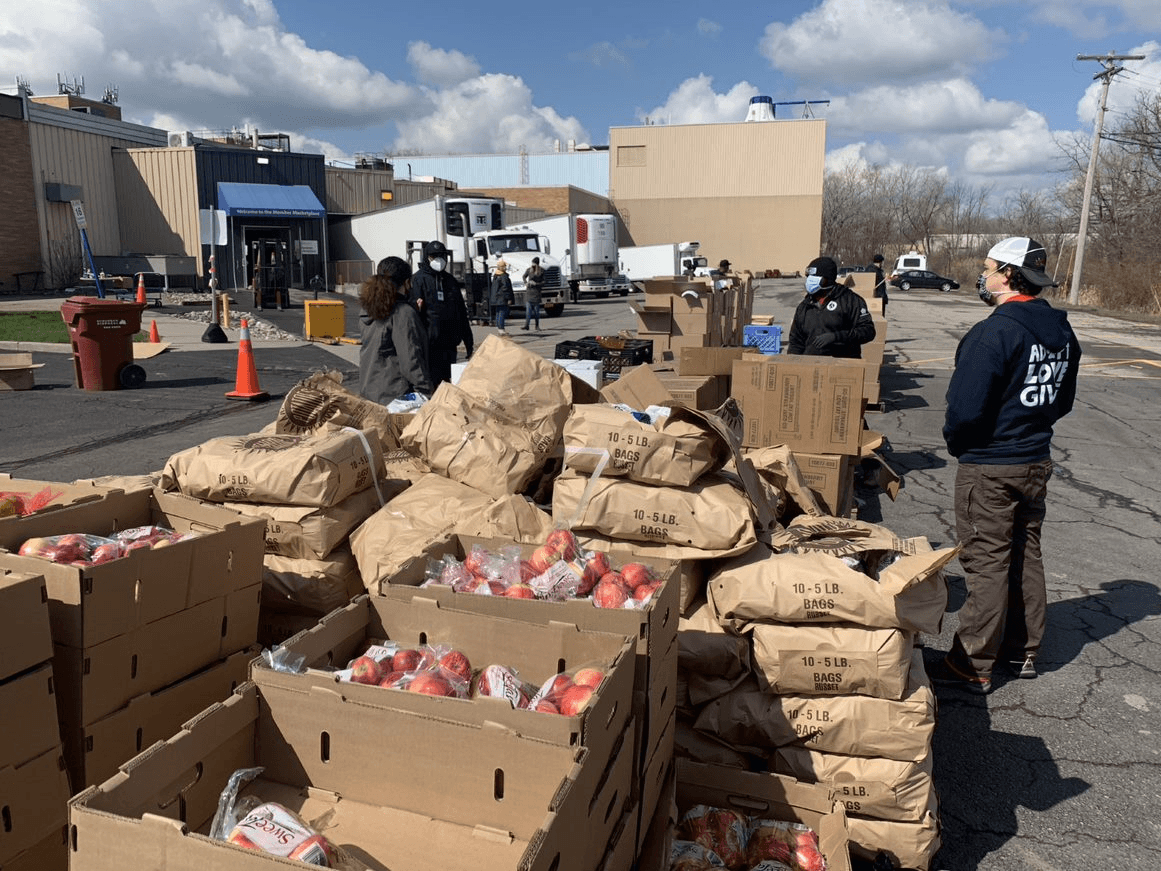
Foodlink staff and Rochester city employees prepare to distribute emergency food rations at a drive-through
Tom Silva
Tom Silva: Normally, at this time of year, we’d be humming along. We have food pantries, soup kitchens, and shelters that order food from us, and we deliver to them or they pick it up. We also serve a fair amount of non-emergency organizations, like senior centers, daycares, after-school programs, and Head Starts. It’s the hub-and-spoke model, which is common among food banks.
Since the pandemic hit, in March, I’m comfortable saying that we’ve about doubled our normal volume. As of two days ago, we’ve distributed 142,000 grab-and-go meals, over 38,000 emergency food supply boxes, and almost 16,000 bags of food for the weekend backpack program. It’s almost two million pounds of food. Within the organization, anything that’s not about getting food to someone today or tomorrow has been put on hold, just to meet this demand.
I’d say at least half of our organization—which is about 100 employees, give or take—work in positions that are outside our warehouse or kitchen. A lot of people work in community programs, or operate a mobile market, or run the farm, or are in the business and administration side of things. And we’ve pretty much put all of that on hold, and those staffers have been moved to operations and logistics.
For a few weeks, we had set up a temporarily hotline, just because the local social services hotline was inundated, to field calls and direct people to the nearest food pantry or distribution point.
These days, I’d say about 70 percent of my time is either in the warehouse or at a drive-through distribution point. Two or three times a week, I’m out in a church parking lot, or a municipal center, where I’m putting volunteers in places, checking people in as they come through, and working to manage the traffic flow, and doing the loading, as well.
The warehouse is really busy. We’re running two shifts per day for volunteers to sort everything out as it comes in from retailers and manufacturers, and sort again for food safety, and then package again into discrete amounts. That’s five days a week, six or seven hours a day, of people constantly sorting and moving products along, while trucks are coming in and dropping stuff off—usually mixed pallets from grocery stores, with a lot of canned proteins, cereal boxes, and canned vegetables.
It’s intense. I walk eight or nine miles a day when I’m in there. But the atmosphere is positive—everybody is adapting to this like, we’re in this together, and we are going to try, as much as possible, to contribute in a positive way in this moment.
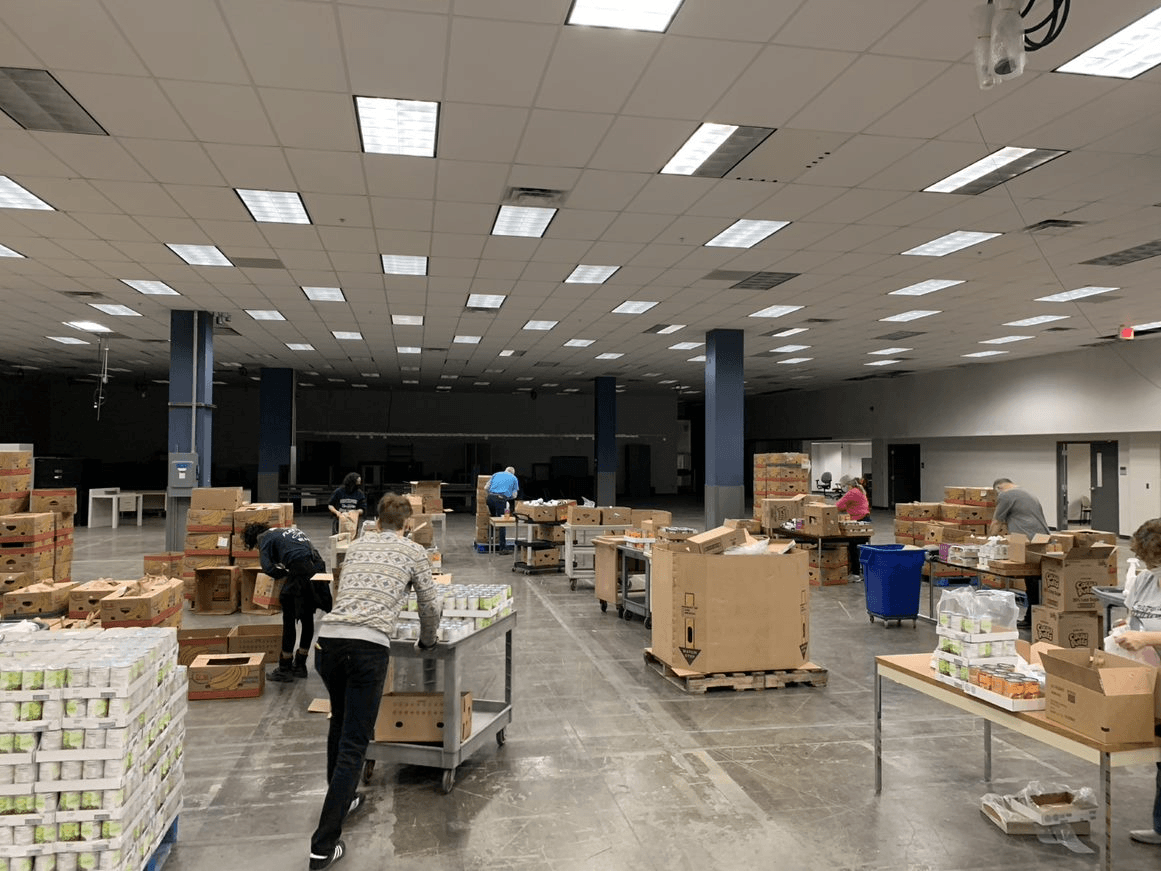
Volunteers sort through food at Foodlink’s new, temporary grocery warehouse space on Manitou Road outside of Rochester. The building is the former Eastman Kodak company headquarters.
Tom Silva
Or I’m doing a drive-through distribution in a church parking lot or municipal center. People drive up, we direct them to our check-in, and we ask them to keep their windows rolled up, and put their ID up on the window, to see if they’re registered. Then we move them through, like a car wash. It’s all contactless. They pop their trunk and we put an emergency box in there with a week’s worth of shelf-stable groceries, plus some perishables like yogurt or apples. We also include personal protective equipment, so they get a couple bottles of hand sanitizer and around 25 disposable masks.
Editors’ note: Earlier this month, The San Antonio Express-News published a feature about the city’s explosion in demand for food bank services. That story included a striking, much-circulated photograph of a food bank parking lot, crammed with hundreds of cars—an image that captures the surging food insecurity seen so far during the Covid-19 pandemic.
That photo in San Antonio—oh, man. That was a register of the worst fears that I have about this moment, and about the limitations of food banking. Just knowing that whoever was running that food bank locally was probably doing the best they could, and had probably put almost everything else on pause—but the need was just visually so much bigger. It’s so much more than food banks—which are fairly slick, and logistically capable, and have staff and volunteers—and charity in general can handle. It’s just a deep sadness looking at that, and knowing it’s a situation that’s going to exist all over the place.
For a few weeks, we had set up a temporarily hotline, just because the local social services hotline was inundated, to field calls and direct people to the nearest food pantry or distribution point. I did the phone for about two weeks. A lot of people who were calling had just gotten laid off. Or the pantry in their neighborhood had all of a sudden closed—most of the pantries are run by older church folks, and a lot of them are in this high-risk category.
The work we’re doing right now is only necessary because we are a country that does not have a robust social safety net for people.
We heard from older folks who had some kind of respiratory condition or diabetes, and who were living alone in their apartment, and had no family nearby, and had no one they could reach out to for any kind of assistance, and no real community of support around them.
They called because they needed food. But a lot of them also wanted the human connection and wanted the conversation. They wanted a person to talk to, and a space to share and be heard, I think. And this hotline seemed to provide one of the only spaces for people in that situation to be listened to, and taken seriously, and commiserate with somebody.
Those two weeks of just being constantly on the phone, constantly answering and talking and hearing people’s stories, and trying to create space to listen—it started to take, like, a really physical toll on me. The feeling that the need is insurmountable, and the response from the charitable sector, any way you slice it, just isn’t going to be enough.
It’s the thing of physically needing food, but also the twin thing of needing it, and having no one to bring it to you.
It really brought a lot of things that I knew, implicitly, to the surface. How thoroughly disconnected so many people are from social services, but also from other people in their lives. Just the level of aloneness that people have. It’s the thing of physically needing food, but also the twin thing of needing it, and having no one to bring it to you. That stuff is difficult to hear. It’s heartbreaking.
I’ve been having some trouble with this idea of the heroism of essential workers—in the media, but even from my family members and friends. There’s one part of me that feels grateful, and grateful to see a lot of these low-wage positions start to get acknowledged as essential, and taken seriously, and deserving of more benefits and money.
But there’s the other thing—which is that the work we’re doing right now is only necessary because we are a country that does not have a robust social safety net for people. And hasn’t for several decades. Food banks are stepping up to do this work. But I find myself in this space of like—if we weren’t doing this, if we didn’t have this kind of logistical capability, and all of these trucks and the warehouse and the kitchen, who would be?
It’s difficult for me, personally, to get into this headspace of like, “this is heroic work,” when it feels very much like the metaphor of children floating in the river. You’re at the bottom of the river, picking them out. But you could be spending your time closer to the top, figuring out who’s putting all these babies in there. I’m trying to find ways to translate that feeling—not necessarily into anger and sadness in the moment, but to make the bigger picture connections, between the larger things at play.


